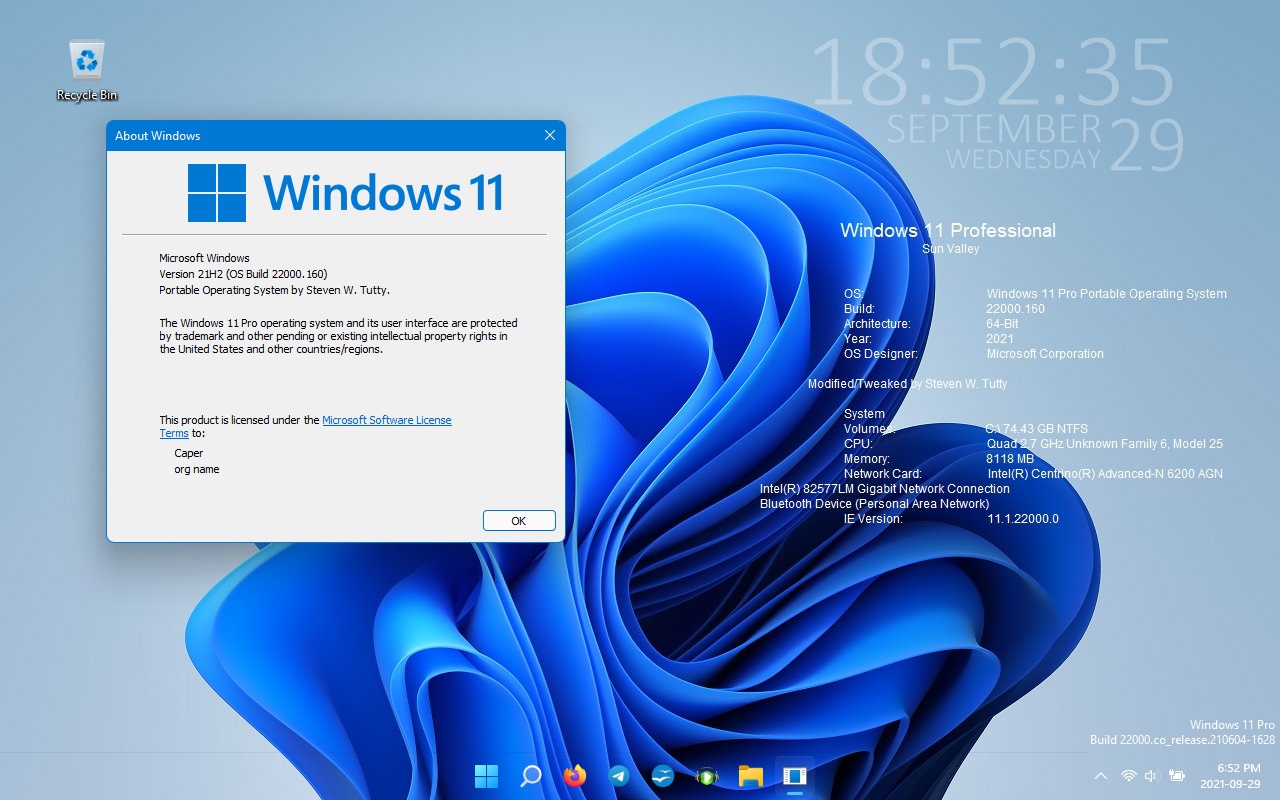Windows 11 is Microsoft’s most advanced operating system to date, bringing a sleek interface, modernized features, and improved integration with both hardware and cloud-based services. However, many users quickly realize that out-of-the-box, their system may not be running at its peak. That’s where tuning the Best settings for Windows 11 performance becomes essential. At WindowsGizmo, we believe that every PC can benefit from careful adjustments that balance speed, stability, and visual experience. In this ultimate guide, we’ll dive deep into the settings and configurations that help unlock the full potential of Windows 11 without overwhelming the user.
Why optimizing Windows 11 matters
Unlike older versions of Windows, Windows 11 is heavily reliant on advanced graphical effects, background services, and constant communication with cloud services. While these additions make the operating system visually attractive and feature-rich, they can also consume valuable system resources. For someone running a modern gaming rig, these effects might not pose much of a challenge, but for everyday laptops and office PCs, tuning the Best settings for Windows 11 performance is the key to maintaining smooth and responsive operation. By making the right adjustments, you extend battery life, reduce lag, and create a faster workflow experience that feels effortless.
Visual effects and system speed
One of the biggest differences users notice in Windows 11 compared to earlier versions is its visual polish. Rounded corners, smooth animations, and transparency effects are enabled by default. While this looks fantastic on high-end devices, it can quickly eat up processing power on older hardware. That’s why one of the Best settings for Windows 11 performance is tailoring these effects to match your hardware. By adjusting or disabling certain visual elements, users can dramatically improve responsiveness. Importantly, this doesn’t mean stripping Windows of its beauty—just ensuring performance takes priority where it matters most.
Background apps and startup optimization
Another hidden area where Windows 11 consumes resources is through background applications and startup tasks. Many apps, once installed, set themselves to launch automatically every time you boot your PC. This not only slows startup but also consumes memory throughout your session. Adjusting startup applications is part of the Best settings for Windows 11 performance, as it ensures that only essential apps are loaded, leaving more room for the tasks you actually care about. Similarly, limiting background applications helps Windows devote its power to your current activity, whether that’s gaming, streaming, or running professional workloads.
Power settings for efficiency and speed
Windows 11 includes different power modes designed to balance battery life with processing strength. On laptops in particular, the default settings often lean toward conserving energy at the expense of performance. Switching to a mode designed for better speed is another crucial part of the Best settings for Windows 11 performance. For desktops, enabling high-performance power plans allows the system to deliver its full capabilities without unnecessary throttling. Striking the right balance between energy savings and raw power ensures your device operates exactly how you need it to in different scenarios.
Storage and drive optimization
With the rise of solid-state drives, Windows 11 is capable of incredibly fast load times. But even with advanced storage hardware, clutter and fragmentation can slow down your system. Making disk optimization part of your regular routine is another essential piece of the Best settings for Windows 11 performance. Clearing temporary files, managing system restore points, and using built-in optimization tools helps ensure that your drive remains in peak condition. This not only enhances speed but also extends the lifespan of your storage device, keeping your entire system reliable over time.
Updates and system maintenance
Microsoft frequently rolls out updates to Windows 11, ranging from security patches to performance improvements. While many users see updates as an annoyance, keeping your system up to date is undeniably part of the Best settings for Windows 11 performance. Updates often fix bugs that affect responsiveness, address memory leaks, and introduce optimizations for newer hardware. A well-maintained system always outperforms one that has fallen behind on updates. Combining timely updates with proper driver management ensures a stable and consistently fast experience.
Security and performance balance
Security features are another cornerstone of Windows 11, but some of them can slow down your device if misconfigured. Windows Defender, firewall settings, and ransomware protection all safeguard your system, yet they must be optimized so they do not overburden your hardware. Configuring them properly is part of achieving the Best settings for Windows 11 performance, allowing you to stay secure without compromising on speed. A carefully tuned balance between safety and performance is critical for modern computing, where threats are constant but efficiency is equally important.
Gaming and multimedia performance
For gamers and content creators, the Best settings for Windows 11 performance extend into specialized areas. Features like Game Mode, GPU scheduling, and DirectStorage support can dramatically change the way your PC handles demanding tasks. These settings ensure that resources are directed toward gaming or creative applications instead of being spread across unnecessary background functions. For streamers and video editors, adjusting these features creates smoother rendering and faster export times, giving you a real advantage in productivity and entertainment.
Cloud integration and resource management
Windows 11 heavily integrates OneDrive and other cloud services by default. While convenient, this constant synchronization can sometimes create delays, especially on slower connections or lower-end hardware. Managing cloud syncing options is another part of the Best settings for Windows 11 performance, ensuring that files are accessible without putting unnecessary strain on your system. Selective sync and offline file management are smart ways to keep performance consistent without sacrificing access to important documents.
Conclusion: Unlocking the true power of Windows 11
At its core, Windows 11 is designed to deliver a balance of beauty, innovation, and capability. But every system is unique, and this means that the default configuration isn’t always the most efficient. By exploring the Best settings for Windows 11 performance, you create a custom experience that suits your personal needs, whether that’s faster boot times, smoother gaming, or improved multitasking at work. WindowsGizmo’s ultimate guide shows that with a little knowledge and attention, you can transform Windows 11 into a truly optimized powerhouse. The adjustments might seem small individually, but together they add up to a system that feels faster, smoother, and more enjoyable every time you use it.




